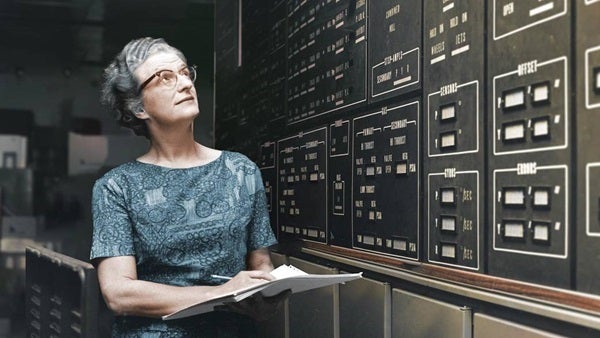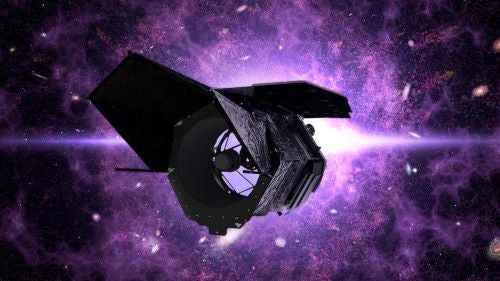NASA will name the upcoming Wide Field Infrared Survey Telescope (WFIRST) after Nancy Grace Roman, the space agency’s first female executive and first chief of astronomy. The telescope, still under development, is expected to launch in the mid-2020s and will both investigate the greatest scientific mysteries of our time, including dark energy, as well as aid in the hunt for exoplanets.
‘Mother of Hubble’
Nancy Grace Roman was born on May 16, 1925, in Nashville. From a young age, she knew she wanted to pursue astronomy, despite the challenges she faced as a woman. Roman earned her bachelor’s degree in astronomy from Swarthmore College in Pennsylvania in 1946. Three years later, she earned her doctorate from the University of Chicago.
After focusing her early career on research at the University of Chicago and the U.S. Naval Research Laboratory, Roman made a major shift to managing astronomy-related programs and grants. In 1959, Roman accepted a position at the then-six-month-old NASA, serving in the Office of Space Science as the agency’s first chief of astronomy and relativity.
“I knew that taking on this responsibility would mean that I could no longer do research,” Roman said in a 2017 NASA interview prior to her death in 2018. “But the challenge of formulating a program from scratch that I believed would influence astronomy for decades to come was too great to resist.”
And her influence still ripples through the astronomical community today. Roman pushed for space-based telescopes as the new frontier in astronomy. Existing in perpetual darkness and able to measure many different wavelengths of light, she argued these space telescopes would establish new ways of probing the universe.
In the mid-1960s, Roman set up a committee of astronomers and engineers to envision the next great telescope capable of tackling the important scientific goals of the time. She convinced NASA and Congress that such a telescope was a priority. Her advocacy for what eventually would become the Hubble Space Telescope earned her the title “Mother of Hubble.”
“Nancy Grace Roman was a leader and advocate whose dedication contributed to NASA seriously pursuing the field of astrophysics and taking it to new heights,” said Thomas Zurbuchen, NASA’s associate administrator for science in NASA’s press release announcing the agency’s decision to name its newest space scope after Roman.. “Her name deserves a place in the heavens she studied and opened for so many.”
The Roman Space Telescope
The Roman Space Telescope is designed to have two instruments, the Wide Field Instrument and a Coronagraph instrument. The pair will help the telescope tackle essential questions related to dark energy, exoplanets, and infrared astrophysics.
While the Roman Space Telescope’s primary mirror will be the same size as Hubble’s, the Wide Field Instrument will have a field view 100 times greater. The Coronagraph Instrument, on the other hand, will be a demonstration of new technology, performing high-contrast imaging and spectroscopy of nearby exoplanets. Together, these approaches will provide the most comprehensive view of the formation, evolution, and physical properties of other planetary systems, helping lay the foundation for discovering habitable, Earth-like planets around nearby stars.
This past February, the project passed a critical milestone: The mission officially got the green light, meaning hardware development and testing can officially begin. The team will now start finalizing the mission design by building engineering test units and models, helping them determine whether the design can withstand the extreme conditions it will face during launch and while in space.
The Roman Space Telescope is also planned to work in concert with the James Webb Space Telescope, which is slated for launch in 2021. Together, the pair represents the next giant leap in space observatories, which Nancy Roman helped pioneer all those years ago.











